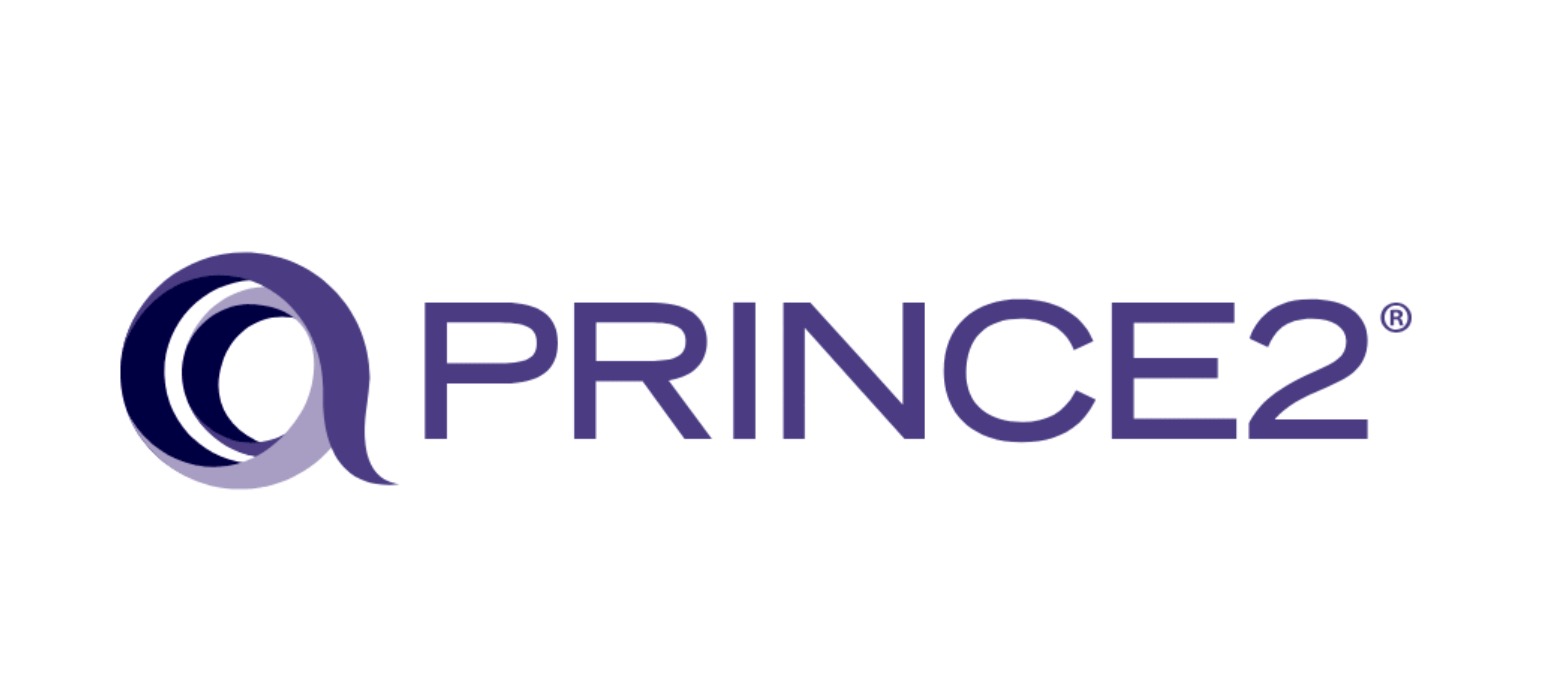SAFe Agile Framework Certification is the dominant framework for scaling Agile across corporations. Used by hundreds of the world’s largest organisations, SAFe supports and drives an increase in productivity and quality, while improving employee engagement. It is designed to continuously help businesses deliver regular value and predictable schedules. SAFe provides its knowledge base on proven integrated principles and practices that support agility in enterprises.
Dean Leffingwell and Drew Jemilo released SAFe in 2011 to help organisations design better systems and software that meet customers’ changing needs.
What is SAFe?
SAFe is a Scales Agile Framework that lays down confirmed ideas, pointers and practices to be adopted by companies to realise Enterprise Agility. The most recent model, SAFe 5.0, is constructed around Seven Core Competencies that allow Enterprises to turn out to be customer-centric and reply to altering market circumstances and rising applied science.
Larger organisations tend to move slower and be resistant to change, but once they implement the framework and methodologies of SAFe. The organisations seek to capture the benefits of agile development reaching the market faster and gaining project success.
SAFe Agile Framework Certification
Scales Agile, Inc. is the certification body of the Scales Agile Framework. The professional Certification program provides a valid, reliable and consistent method of assessing SAFe skills, knowledge and mindset.
Certified SAFe professionals are globally recognised for their ability to support successful transformation of organisations into a Lean Agile enterprise.
Want to know more about Agile? Visit our course now.
What have we learned?
To overcome the current crisis, following the global pandemic, it is important to stay competitive at all times. Companies should continue focusing on digital initiatives.
Organisations of all sizes are using SAFe to solve the digital transformation equation. Organisations such as PepsiCo and MetLife have benefited from applying Scale Agile Framework to remain competitive in a post-digital economy.
Understanding the five core competencies for the Lean Enterprise, included in SAFe, empowers organisations to successfully navigate the transformation to Lean, Agile and DevOps. It allows them to respond effectively to volatile market conditions, changing customer needs, and emerging technologies.
To find a SAFe training that covers your needs, please get in touch with one of our course advisers today.





